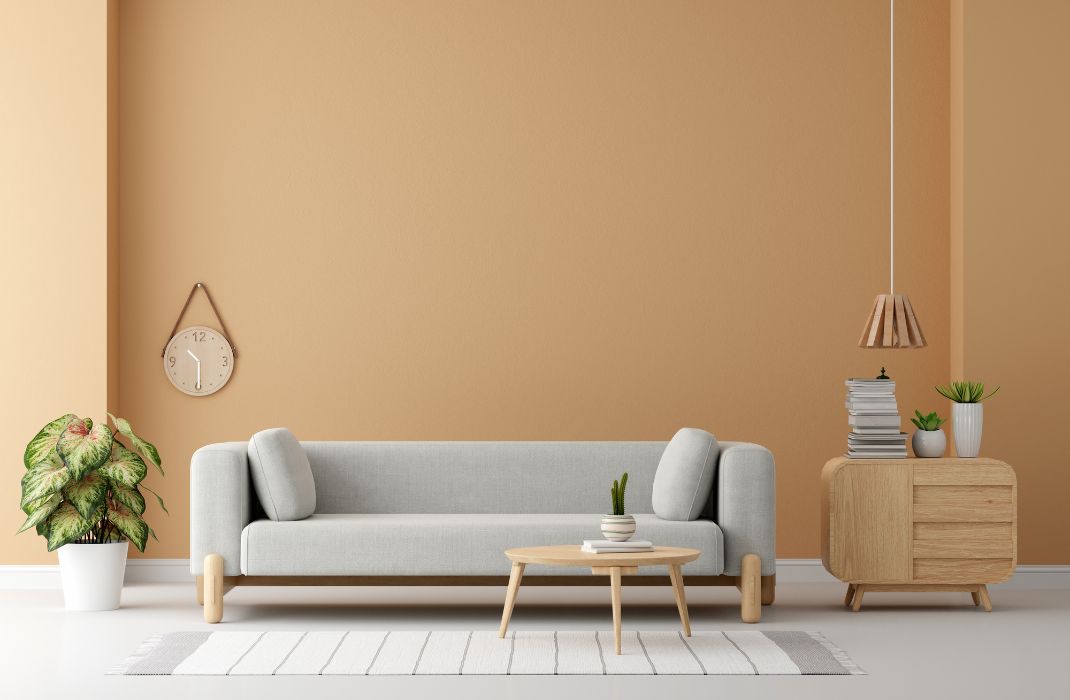
Introduction
Purchasing used furniture can seem like an exciting opportunity to find unique and affordable pieces for your home. The allure of stumbling upon a great deal is hard to resist. However, beneath the surface, there lies a dark side to buying used furniture that may not be immediately apparent.
Understanding the Risks
When considering the purchase of used furniture, it is crucial to understand the potential risks involved. By being aware of these risks, you can make an informed decision and prioritize the safety and well-being of your household.
Hygiene concerns and the potential for bedbugs
Maintaining a clean and pest-free environment is essential for the health and comfort of your home. Purchasing used furniture significantly increases the risk of bringing unwanted visitors into your living space, such as bedbugs.
Bedbug infestation can have severe health implications, including skin irritations, allergies, and sleep disturbances. The presence of these pests can quickly spread throughout your home, making it challenging to eradicate them completely.
Structural integrity and safety concerns
One of the hidden dangers of buying used furniture is the potential compromise in structural integrity. While furniture may appear sturdy on the surface, there might be hidden damage that compromises its strength and stability.
Weakened furniture poses a significant risk of collapsing or causing injuries to unsuspecting individuals. It is crucial to prioritize the safety of yourself and your loved ones by thoroughly examining the structural integrity of any used furniture before purchasing.
Chemical exposure and health hazards
Old furniture may contain harmful substances that can pose a threat to your health. These substances can originate from various sources, such as the previous owners or the materials used in the furniture’s construction.
There is also a risk of off-gassing, which occurs when furniture releases volatile organic compounds (VOCs) into the air. Prolonged exposure to these VOCs can lead to respiratory problems and other health issues. It is important to be aware of the potential for chemical exposure and its associated health hazards when considering used furniture.
The Challenge of Assessing Quality
Assessing the quality of used furniture can be a challenging task, as there are several factors to consider, including its origin, history, and authenticity.
Limited knowledge of furniture origin and history
When purchasing used furniture, it is often difficult to ascertain its origin and history. Uncertainty about how the furniture was previously used and maintained can make it challenging to gauge its overall quality and durability.
Furthermore, when dealing with vintage items, it becomes even more challenging to determine their authenticity, as they may have been modified or repaired over time. This lack of knowledge can hinder your ability to make an informed decision about the used furniture’s quality.
Wear and tear issues
Used furniture naturally experiences wear and tear, which can significantly affect its lifespan and overall appeal. Understanding the extent of damage and how it may impact the furniture’s functionality is crucial when considering a purchase.
Additionally, factors such as the previous owner’s care and maintenance practices, as well as the materials used in construction, play a significant role in determining how long a piece of furniture will last. It is important to consider these factors to avoid investing in furniture that requires immediate repair or replacement.
Dilapidated appearance and limited customization options
Used furniture often carries a dilapidated appearance, having endured years of use by previous owners. This may clash with your existing interior design aesthetics, making it challenging to seamlessly integrate the piece into your home.
Furthermore, refurbishing or repairing old furniture can be a daunting task. Limited customization options hinder the ability to transform the furniture to suit your specific needs and preferences, relegating you to a limited range of choices.
The Hidden Costs
While the initial price tag on used furniture may be appealing, it is essential to consider the hidden costs that can quickly accumulate over time.
Frequent maintenance and repairs
Used furniture is more likely to require regular maintenance and repairs. Unexpected expenses may arise when attempting to restore the furniture to a usable condition, especially if the damage was not apparent at the time of purchase.
Depending on your capabilities, you may choose to invest time-consuming efforts in do-it-yourself repairs or enlist the services of costly professionals. These additional expenses can quickly add up and may outweigh the initial price advantage of buying used furniture.
Rapid depreciation and resale challenges
Used furniture has a diminished resale value due to wear and limited lifespan. If you decide to part ways with the furniture in the future, finding buyers willing to pay a fair price can be a daunting task.
As new furniture becomes more affordable and readily available, the demand for used furniture decreases, making it harder to recoup your investment. It is important to consider the long-term financial implications before opting for used furniture.
Alternative Sustainable Solutions
Instead of relying on used furniture with its inherent risks and hidden costs, exploring alternative sustainable solutions is a wise choice. These options prioritize both the safety of your household and the longevity of your furniture.
Sustainable furniture options
Choosing environmentally friendly materials and production methods is a crucial step towards a more sustainable future. Opting for furniture made from renewable resources and sustainable manufacturing processes ensures minimal impact on the environment.
Investing in furniture that lasts longer, such as high-quality pieces crafted with durability in mind, reduces the need for frequent replacements and repairs, ultimately saving you money in the long run.
Renting and borrowing furniture
The rise of furniture rental services provides a convenient and sustainable solution for those who seek limited-use items or prefer to switch up their interior design frequently. Renting furniture allows you to enjoy the benefits of well-maintained and stylish pieces without the commitment of purchasing.
Additionally, sharing economy options, such as borrowing furniture from friends or family, can also be a viable alternative. This not only reduces the financial burden but also promotes a sense of community and shared resources.
Supporting local artisans and craftsmen
By supporting local artisans and craftsmen, you contribute to the preservation of traditional skills and sustainable practices. Handcrafted furniture pieces offer a unique and personal touch to your home, while simultaneously reducing the environmental impact associated with mass-produced furniture.
Discovering pieces created by local talent not only guarantees a high level of craftsmanship but also fosters a connection to your community. By investing in these sustainable options, you contribute to a safer and more environmentally conscious future.
Conclusion
When considering the purchase of used furniture, it is essential to be aware of the hidden dangers, financial risks, and potential compromises to your health and safety. By weighing the risks and benefits carefully, you can make an informed decision and choose alternative solutions that prioritize sustainability and longevity.
FAQs
Q: Is it ever safe to purchase used furniture?
A: While it is possible to find used furniture that meets your safety standards, it requires thorough inspection and consideration of the risks involved. It is essential to prioritize hygiene, structural integrity, and potential chemical exposure before making a purchase.
Q: How can I ensure the used furniture I’m buying is clean and pest-free?
A: To safeguard against hygiene concerns and pests like bedbugs, thoroughly inspect the used furniture before purchasing. Look for signs of infestation, such as shed exoskeletons or small rust-colored stains. It is also advisable to seek professional assistance or consult exterminators if in doubt.
Q: Are there any ways to prolong the lifespan of used furniture?
A: Proper care and maintenance can significantly extend the lifespan of used furniture. Regular cleaning, polishing, and addressing minor repairs promptly can help prevent further damage and deterioration.
Q: What are the benefits of renting furniture instead of buying it?
A: Renting furniture allows flexibility and eliminates the need for frequent replacements or repairs. It also provides an opportunity to experiment with different styles without committing to long-term ownership.
Q: How can I find reliable furniture rental services in my area?
A: To find reliable furniture rental services, consider conducting an online search and reading customer reviews. Additionally, asking for recommendations from friends, family, or local interior designers can be helpful in finding reputable providers in your area.







